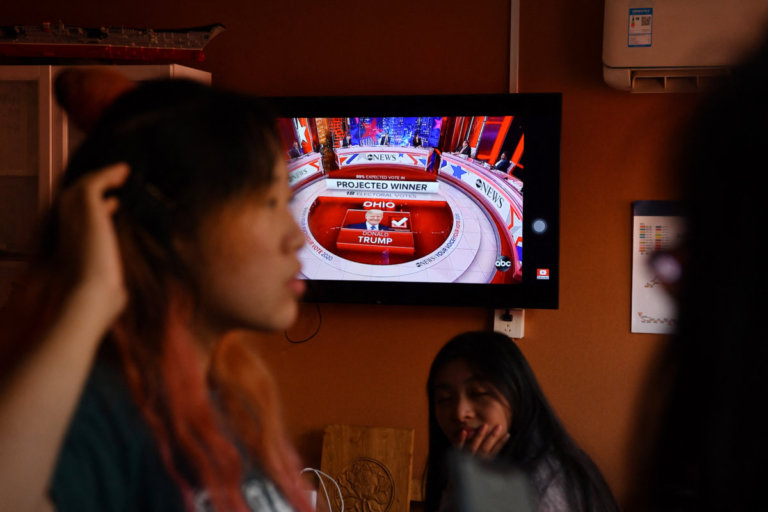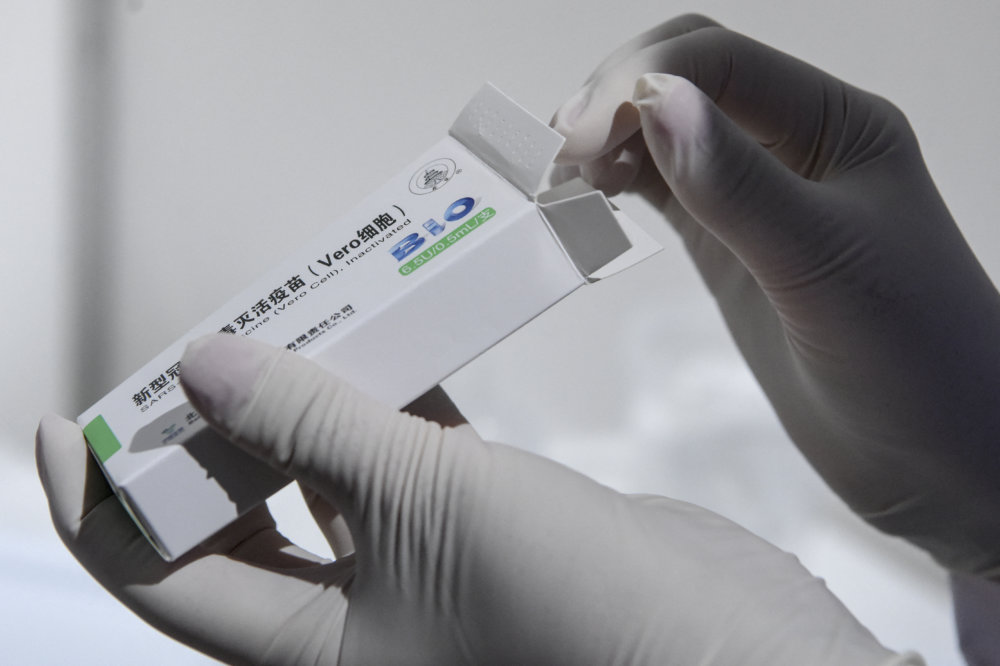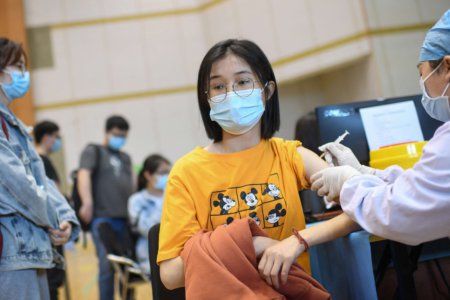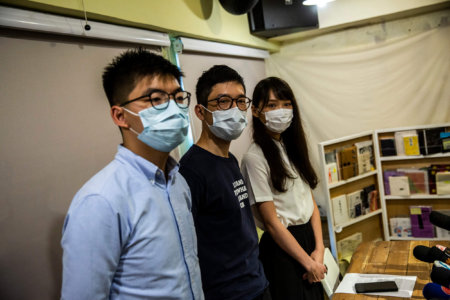
The US embassy and consulates in China began accepting visa appointments for Chinese students on May 4, following the announcement that Chinese nationals will be able to start the school year at US universities. This move was announced by William Bistransky, acting consul general at the US Embassy in China. He said that while the embassy is ready to process the visas, important details remain unknown, including whether the US would recognise the Chinese vaccines these students receive.
Despite this, Global Times reports that Chinese analysts are expressing concern over the flow of human capital between China and the US. This is because Chinese STEM students still face visa restrictions in the fallout of Trump’s China Initiative; Bistransky corroborated by admitting that the US government still performs additional administrative processing on students with high-tech backgrounds. At the same time, he maintains that “the vast majority [of STEM students] do receive their visas and travel to the United States.”
International Education Exchange data shows that Chinese students made up 35% of the international student population in the US in 2019/20. Of this number, the Centre for Security and Emerging Technology estimates that there are 45,720 undergraduate Chinese students studying agriculture, biology, computers, engineering, mathematics, and physical sciences and 76,060 in either masters or PhD programmes in the same fields.

Will the US recognise the local vaccines that outgoing Chinese students receive? Source: Robert Atanasovski/AFP
US opening up to Chinese students once more
The fact that these restrictions remain in place shows that the US is not prioritising people-to-people exchanges between the US and China, says Professor Li Haidong from the Institute of International Relations of the China Foreign Affairs University. “So it’s fair to say that the US decision to open doors for Chinese students simply bows to pressure from domestic education institutions, who are out of pocket now,” Li opined.
On a related note, the US Embassy in Beijing received backlash for a social media posting that certain Chinese students viewed as racist. The post featured a video of a dog trying to jump over a fence, with the caption “Spring has come and the flowers are in bloom. Are you like this doggy who can’t wait to go out and play?” The embassy removed the post and apologised, but it sparked notable outrage nonetheless.
Fang Kecheng, a professor of journalism and communication at the Chinese University of Hong Kong, called these responses typical of the “public opinion warfare” waged on Chinese news outlets and social media. Anti-US rhetoric has been growing in response to tensions between the two countries over the past couple of years. Will lifting the entry bans for students with valid visas from China, Iran, Brazil, and South Africa significantly improve international education in the US? That remains to be seen.









